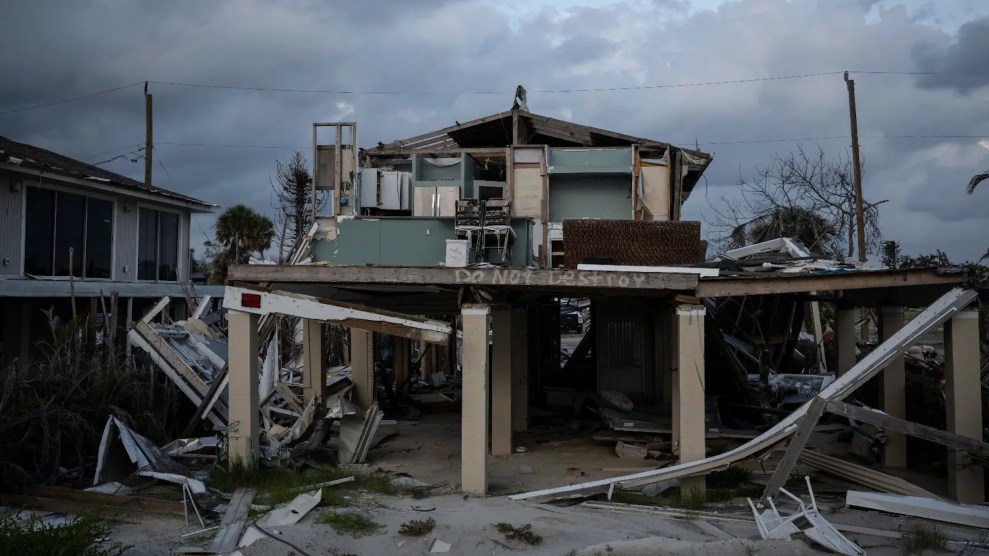In the Washington Post the other day, Robert Samuelson took liberals to task for misunderstanding the nature of poverty in America:
But the overall poverty rate is misleading. True, poverty has been stuck for non-Hispanic whites, though it’s fairly low. Since the late 1970s, it’s generally fluctuated between 8 percent and 9 percent, depending on the economy. But poverty among blacks — though still appallingly high — has declined sharply. In 2004 it was 24.7 percent, down from 33.1 percent in 1993, though up from 22.5 percent in 2000. As recently as 1983, it was 35.7 percent.
The dramatic improvement may reflect the 1990s’ economic boom. Or it could stem from the 1996 welfare reform, which restricted benefits and imposed tougher work requirements. … Given these trends, the overall poverty rate should be drifting down. It isn’t. The main reason, as I’ve written before, is immigration. We have uncontrolled entry of poor, unskilled workers across our southern border. Although many succeed, many don’t, and many poor Latino immigrants have children, who are also poor. In 2004, 25 percent of the poverty population was Hispanic, up from 12 percent in 1980. Over this period, Hispanics represented almost three-quarters of the increase in the poverty population.
Now as it happens, I think we can and should do more about poverty among unskilled immigrants, and can do much more about poverty in Latin America. But that’s an argument for another time. Samuelson makes a fair point here that doesn’t get much press, and I’ve tried searching for studies that address his argument—namely, that the increasing poverty rates in the United States are pretty much due to immigration—but virtually no one seems up to the task. A Google trawl mostly turns up sites like VDare and CIS, both of which, obviously, support the “immigration causes poverty” thesis.
Ah, but here we go. This old EPI study looks at the 1990s, when, despite a white-hot economy, the poverty rate fell less than one measly percentage point during the decade, and the disappointing result was blamed on immigration by the media. EPI dissented, noting that immigrant family incomes actually rose faster than native family incomes, and this increase was substantial enough to offset the increase in the share of the immigrant population. Meanwhile, the study looked at New York and California and found that, even if you exclude immigrant data, neither state saw a significant reduction in poverty during the 1990s. So those stagnant wages and stubborn poverty rates we hear so much about weren’t just due to “uncontrolled entry of poor, unskilled workers across our southern border,” then.
To EPI’s argument, I’d add that if we get out our fine-tooth combs and look at the state-level data, we can see that, for instance, the poverty rate actually fell in California between 1998 and 2003, but rose dramatically in, say, South Carolina or Mississippi—not places we would consider immigration hotbeds. (You can find data on who’s immigrating where here.) So it’s not clear that everyone’s doing better these days except the immigrants who were already poor anyway, as Samuelson would have it.
And regardless, Samuelson’s column is sort of changing the subject here. Even if Hispanic immigration is mostly responsible for the increase in poverty, that’s no excuse for getting complacent about the stagnant white poverty rate, which hovers around 8-9 percent, and by itself is higher than total poverty rates in many EU15 countries. Figure that one out. It’s also no reason to get complacent about the African-American poverty rate, which is indeed “appallingly high,” and has been rising over the past few years, during a supposed economic boom, after falling dramatically during the 1990s. (By the way, the African-American poverty rate dropped at roughly the same rate between 1993 and 1996 as it did between 1996 and 1999, so I’d question Samuelson’s suggestion that it was due to welfare reform.) Really, it’s not like the non-immigration component to poverty in the U.S. is anything to brag about. For that, the tired old explanations—stagnant wages, meager safety net—still seem to apply.















